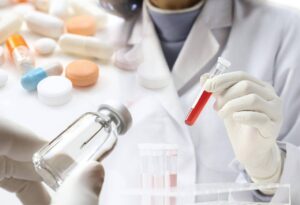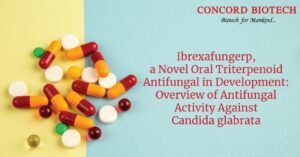Abstract
The latest pandemic, coronavirus disease-2019 (COVID-19), is associated with high prevalence and easy transmission, which is expanding globally with no conventional treatment or vaccine.
The new virus revealed 79% and 50% genomic similarities with severe acute respiratory syndrome coronavirus (SARS-CoV) and Middle East respiratory syndrome coronavirus (MERS-CoV), respectively. Accordingly, since the disease resists testing and adopting new therapeutics, repositioning pre-existing drugs may present a fast and attractive strategy with known safety, characteristics, and dosage used.
However, they are not specific and targeted. Therefore, several drugs have been investigated for their efficacy and safety in the treatment of COVID-19; most of them are undergoing clinical trials.
This article summarizes clinical investigations of potential therapeutic drugs used as COVID-19 therapy. Subsequently, it prepares a pattern of results and therapeutic targets to help further experiment designs.
Introduction
Teicoplanin, a glycopeptide antibiotic, is currently applied as a therapy for gram-positive bacterial infections such as Methicillin-resistant Staphylococcus aureus, septicemia, endocarditis, and lower respiratory tract infections. It has already shown benefits against various viruses, including Ebola, influenza virus, flavivirus, hepatitis C virus, HIV, MERS-CoV, and SARS-CoV.
Mechanism of action
- Teicoplanin, a glycopeptide antibiotic, blocks the cathepsin L, located in the late endosome.
- Cathepsin L mediates the cleavages of viral S protein, which leads to the virus-host cell fusion and viral genome released into the cytoplasm.
- Therefore, blocking this mechanism would prevent the viral replication cycle. Reportedly, the cathepsin L cleavage site is conserved among coronaviruses, SARS-CoV, and SARS-CoV-2.
- In an in vitro study on SARS-CoV-2, Teicoplanin could prevent viruses’ entrance into the cytoplasm. They determined its half-maximal inhibitory concentration (IC50) as 1.66 μM.
Case Study
Recently in Italy, a cohort study on 21 COVID-19 patients hospitalized in ICU received Teicoplanin 6 mg/kg every 24 h for 7–12 days. The findings showed a viral clearance rate of 40% and suggested that Teicoplanin might be potentially appropriate for the treatment of SARS-Cov-2 infection.
Conclusion
Teicoplanin could be used in COVID-19 treatment as it has demonstrated its efficacy against several viruses such as HIV, Ebola, flavivirus, influenza virus, hepatitis C virus, SARSCoV and MERS-CoV(19).
This drug prevents the viral RNA release and interrupts the replication cycle of coronavirus, so is placed as a potential treatment for patients with coronavirus infection.
Source: European Journal of Pharmacology, Volume 895, 2021, 173890, ISSN 0014-2999, https://doi.org/10.1016/j.ejphar.2021.173890.




